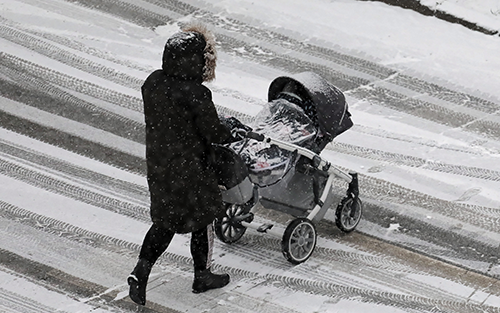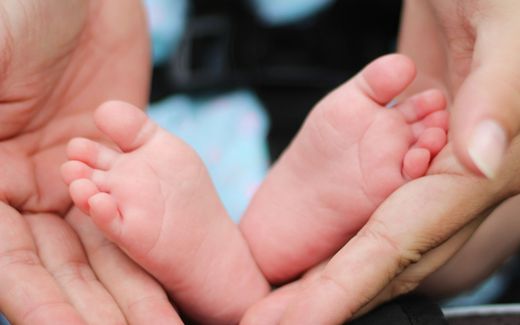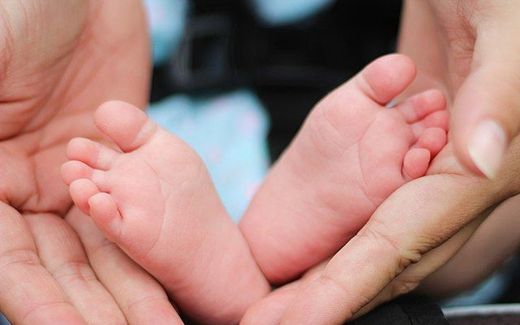Sweden joins other European countries in birth rate decline
01-03-2023
Northern Europe
CNE.news

Photo EPA, Pawel Supernak
Northern Europe
Sweden remains another Scandinavian country experiencing record low birth rates.
According to data from Statistics Norway (SCB) in Varlden idag, at least 20 municipalities experienced its lowest birth decline in 54 years. In 2022, Västmanland was the only county to have experienced a slight rise but only by six births. The downward trend is not new, as birth rates have decreased steadily since 2005.
In 2021, the birth rates increased slightly during the Coronavirus pandemic. However, that increase proved to be temporary.
The factors behind the recent decrease remain unknown. What researchers do know is that the number of births within Swedish and foreign-born women is in a continuous state of decline. The total population at the end of December was estimated at 10, 521, 556, which saw an increase of around 69,230 people (0.7 percent) since 2021. However, that slight upward trend is being attributed toward more births than deaths as well as an increased number of immigrants in the country.
In addition to Scandinavia, many European countries have experienced record declines in their birth rates. According to research from Human Reproduction that was published in the BBC, Europe witnessed a 14 percent decline in its overall birth rate in 2021. For many countries, that year marked several months of COVID restrictions such as lockdowns and social distancing.
Recent research suggests that longer lockdowns led to fewer pregnancies, even in countries that were not directly affected by the pandemic measures. The drop was also more common in areas that had struggling healthcare systems. Lithuania and Romania witnessed the largest decreases at 28 percent and 23 percent. Sweden, which imposed no lockdowns during 2021, saw its birth rate reflect national averages.
Dr. Leo Pomar, an underwriter of the study and midwife sonographer at Lausanne University Hospital said to the BBC that longer lockdowns brought fewer pregnancies. "We think that couples' fears of a health and social crisis at the time of the first wave of Covid-19 contributed to the decrease in live births nine months later,” he said.
In March 2021, births had rebounded to pre-pandemic levels, but it did not account for the decline two months before.
According to Pomar, that drop could carry “long-term consequences” on Western European demographics, especially in countries with “aging populations.”
Related Articles








